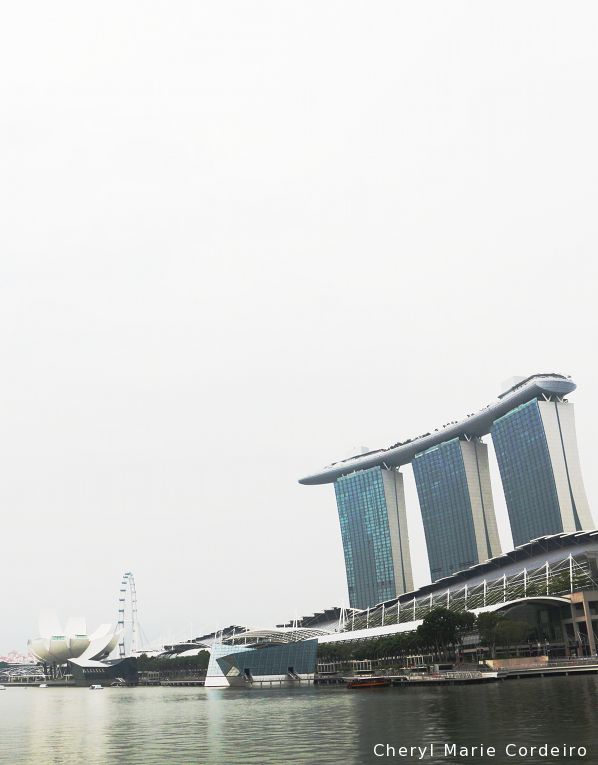
View from the Marina Boulevard paseo, Singapore.
Text & Photo © JE Nilsson, CM Cordeiro, Marina Bay Sands, Singapore 2014
If there was a favourite place to withdraw when in Singapore, it would for the moment be the expansive Marina Bay area overlooking the waters, marked by an urban space that lacks a crowd during office hours. The slowly undulating movements of the river water taxis navigating the bay lends a different rhythm to the adrenaline rush of the skyscrapers. This difference in bio-rhythms is a contrast in symbiotic urban city living that I find interesting.
In asking for directions to get from Raffles Place (steps away from Collyer Quay) to Marina Bay Sands (MBS), I was advised by more than one person encountered, to take a taxi. I smiled and nodded and proceeded to find my way on foot, to the Marina Boulevard paseo.
This small luxury of walking in a context where time is so preciously accounted for in economic returns per minute, gave me the opportunity to experience a Singapore hardly available anywhere else except if you have your office or apartment located at floor 30 and above in the surrounding area.
Standing in the middle of the Marina Boulevard paseo with my back against the deep aqua-blue glass walls of the Marina Bay Residences, it’s a beautiful scene that greets you with lapping waves of an inland bound harbour in the middle, the lotus shaped ArtScience Museum to the right and the Esplanade to the left. What were those white floating buoys as large as the river taxis themselves dotting the bay? I don’t have a clue.
In a city where success is measured in material gain and raw consumption, and where consumption is equated to luxury, the Marina Bay area that includes the spectacular multi-award winning MBS with their private initiative [1] of sustainability, is redefining the concept of luxurious urban living.
Sustainability as a systemic mode of living
Apart from the definition put forward by the World Commission on Environment and Development where sustainable development is that which “meets the needs of the present without compromising the ability of future generations to meet their own needs” [2], there exists little common, unambiguous terminology for ‘sustainability’ in current literature. Coupled with the different local conditions of existence where real-world problems need to be addressed, it comes to that there is no blanket solution to implement for any one sustainability portfolio [3,4].
Despite a lack of a common definition of the term ‘sustainability’, what can be gathered from literature and collective effort is an understanding that sustainability is a systemic approach towards living. It is a system of co-evolutionary living, within which multiple operational models are adopted with the goal of future affluence for the greater population.
Singapore’s context for its pioneering sustainability efforts is distinctive for a variety of reasons [5], including its geo-political context of being one of Southeast-Asia’s more developed economies based mainly on the efficient management of its human capital resources. The city places great emphasis in pioneering what could be deemed as – sustainable urban luxury.

At the Marina Bay Sands Herb Garden, Albert II, Prince of Monaco, founder of the Prince Albert II of Monaco Foundation, which continues the Principality of Monaco’s commitment by supporting sustainable, and ethical projects around the world including combating the loss of biodiversity, with Kevin Teng, Executive Director of Sustainability at Marina Bay Sands, Singapore. The sustainability portfolio of MBS [6] is a private corporate initiative that pioneers an integrated perspective to urban eco-symbiosis in luxury living.
Photo: Marina Bay Sands, Singapore 2014
But creating and implementing an urban model of sustainable luxury does come with inherent conceptual and practical contradictions. Public discourse on the city’s sustainability efforts continue to be framed from the perspective of capitalism, where the success of investments in sustainability operations is mostly measured and calculated in terms of profit returns. This poses a challenge due to precisely that sustainability needs to be taken into consideration from a systemic point of view, that often times encompass more than profit returns as a measure of success.
Conceptually and ideologically, the word sustainable is often collocated with conservation efforts. The conservation of natural resources such as energy and water, and of the humane, ethical treatment / conservation of animal wildlife for example, are often deemed as efforts towards sustainability.
The ‘conservation of scarce resources’ as collocation to sustainability makes it difficult to translate into everyday individual living and consciousness, without invoking some kind of personal sacrifice towards future generations on the part of each individual.
This ideology is in direct contrast to that of the concept of luxury.
In luxurious living, customers to high-end service destinations pay for the exclusive right to experience unending affluence and abundance. The question becomes – how do high-end service oriented businesses reconcile these two seemingly disparate conceptual ideologies in practice? And how far can you challenge the fundamental viewpoint of your customers?
The I, You and We interlinking facets of sustainable urban luxury in organizations
Just as there is no common definition of sustainability in the literature, likewise the desired impact of sustainability efforts in business processes is largely dependent upon the goal, that reflects in the initial design of the systemic model of living.
Hopefully sustainable business practices will in time come perfectly natural. What is right now an initial great investment of efforts towards the education of people for organizations with a sustainability portfolio, from shareholders, employees, suppliers, customers, to students etc. in terms of ideology and practices will in time, become a working state of equilibrium of sustainable urban luxury.
Ideology building needs time. The manner in which ideological transformation is achieved at organization levels has to do with the implementation of various levels in corporate communication strategies, followed by a number of action plans that targets different segments in the business processes.
These segments could broadly be described as in I, You and We as in Yourself, Your immediate upstream and downstream stakeholders (suppliers and customers) and the Community.
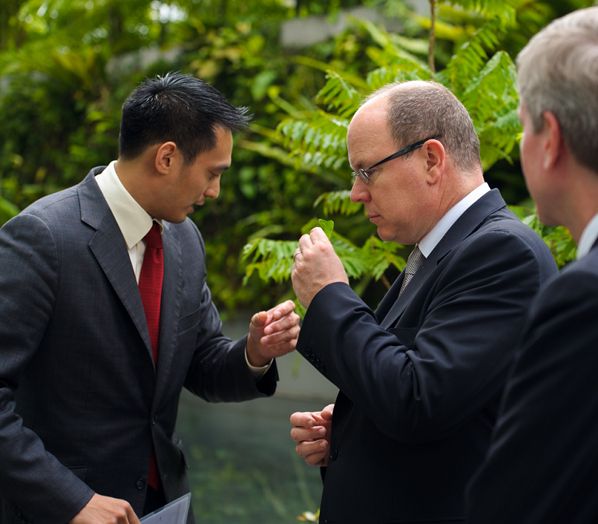
Kevin Teng, Executive Director of Sustainability at Marina Bay Sands, and Albert II, Prince of Monaco, founder of the Prince Albert II of Monaco Foundation, at the Herb Garden, located at Tower 1, outside of Rise Restaurant.
Photo: Marina Bay Sands, Singapore 2014
In the case of Singapore as an oasis of urban luxury living, in a cognitive system that values economic rewards, one way for organizations to work on sustainability efforts towards employees and students that come within the circles of “I” and “We” is to explicitly incentivise and reward sustainability efforts. In the arena of “You” in the case of customers who pay for the experience of luxury, efforts of sustainability from service providers should come across as effortless as possible, holding forth that customers are entitled to enjoy the feeling of limitless abundance and affluence.
While this might sound a double-standard behaviour at first, or one that simply pushes responsibility of sustainable business practices ultimately unto the company, its suppliers and the larger community, it is in the very systemic model of operations of sustainability adopted that renders this understanding non-contradictory.
In this particular case of pioneering sustainable urban luxury, it is the manner of pushing / expanding the effects of “I” and “We” for the sake of “You” in the short term, that will in the long run bring about a generation of new “You”s with a mental programming or culture of sustainable business practices. This requires that a system balance be struck between segmental efforts at communication so that the long term, eventual goal of a self-managing system, where sustainability values are internalized is achieved.
In sum, sustainability efforts need to be launched not from the perspective of cost savings, but rather in view that all things are interconnected. There is little escape in the larger, more fundamental picture that we live in just one closed, delicately balanced eco-system.
Singapore in its efforts at pioneering sustainable urban luxury is an interesting development and contribution towards a global movement aiming at bringing affluence to the world’s population.
While we continue to rethink and find an equilibrium of global consumption patterns, consistent collaborative efforts as exemplified by the high-profile Marina Bay Sands efforts in Singapore can help as a good example.
There are many future scenarios debated with regard to the journey of humankind and earth, ranging in scenes between Gaia Theory [7,8] and the Medea Hypothesis [9].
Sustainability as a systemic model of living just might prove a more intelligent journey than otherwise.
References
[1] Kang, M. 2012. Centre for liveable cities Singapore: focusing on government first, Guardian Professional Network, Thursday, 10 May 2012. Internet resource at http://bit.ly/11aaDVI.
[2] UNECE in 2004-2005. Internet resource at http://bit.ly/1przSMa.
[3] Glavic, P. and Lukman, R. 2007. Review of sustainability terms and their definitions, Journal of Cleaner Production, 15:1875-1885.
[4] Mullins, G. R. 2002. Sustainability, Annals of the New York Academy of Sciences, 969(1):1-3.
[5] Webb, F. 2012. Sutainable cities: innovative urban planning in Singapore, The Guardian, Thursday, 11 October 2012. Internet resource at http://bit.ly/1ur03p6.
[6] Kaefer, F. (ed.) 2014. Singapore Sustainability Leader: Marina Bay Sands, Sustainability Leaders. Internet resource at http://bit.ly/1wGzNnp.
[7] Lovelock, J.E. 1972. Gaia as seen through the atmosphere, Atmospheric Environment, 6(8): 579–580.
[8] Lovelock, J.E. and Margulis, L. 1974. Atmospheric homeostasis by and for the biosphere: the Gaia hypothesis. Tellus, Series A Dynamic Meteorology and Oceanography, Stockholm: International Meteorological Institute, 26(1–2): 2–10.
[9] Ward, P. 2009. The Medea Hypothesis: Is Life on Earth Ultimately Self-Destructive?, Princeton University Press.
Ku Dé Ta, Marina Bay Sands
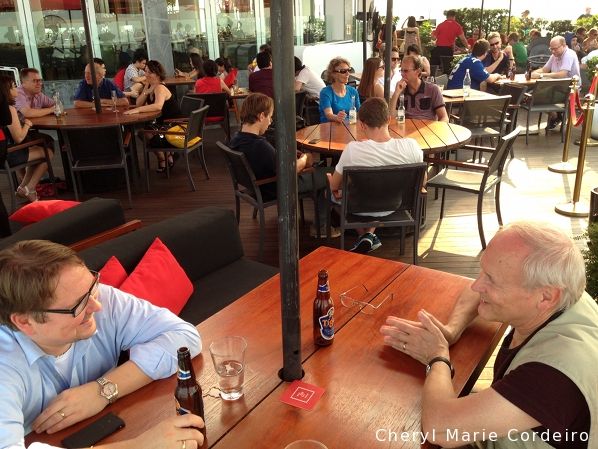
Ku Dé Ta, Marina Bay Sands, Singapore.
Text & Photo © JE Nilsson, CM Cordeiro 2014

Central Business District, Singapore
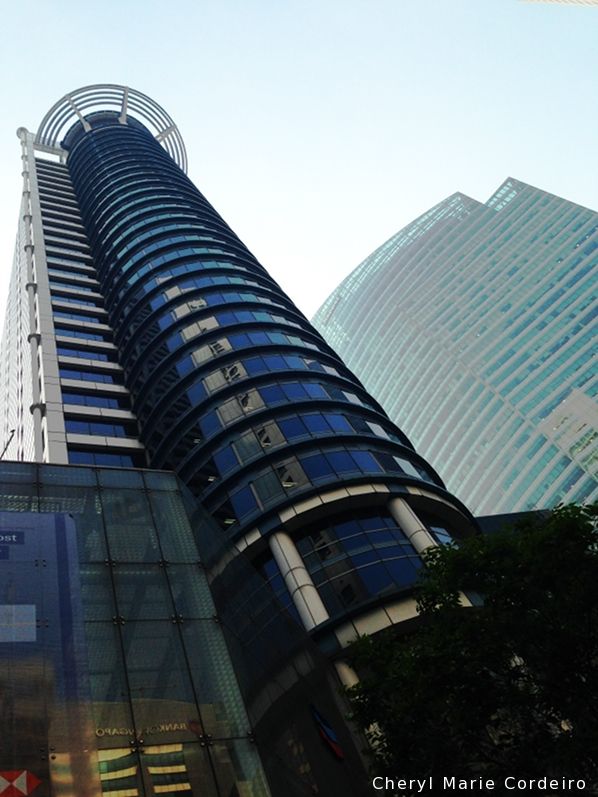
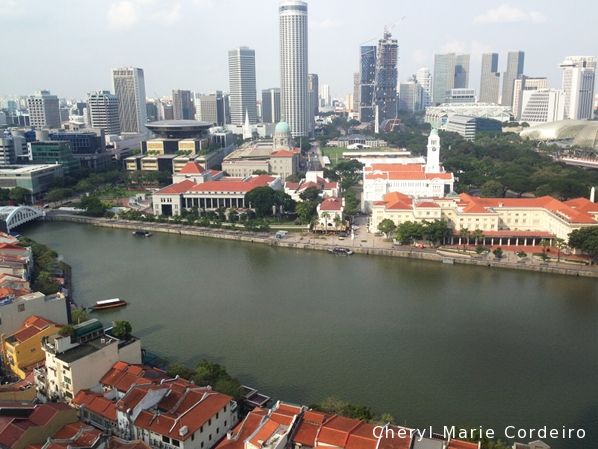
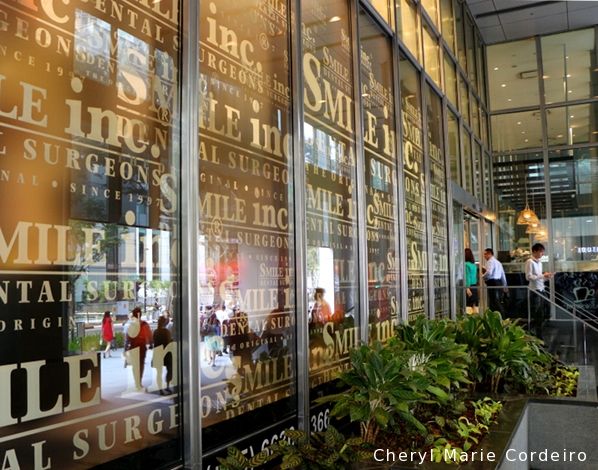

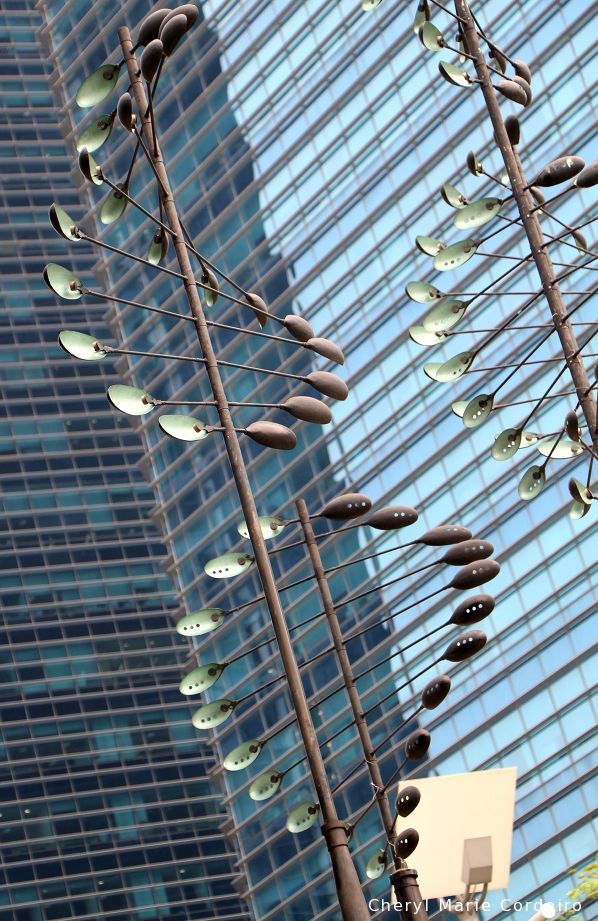
Rise Restaurant, Marina Bay Sands
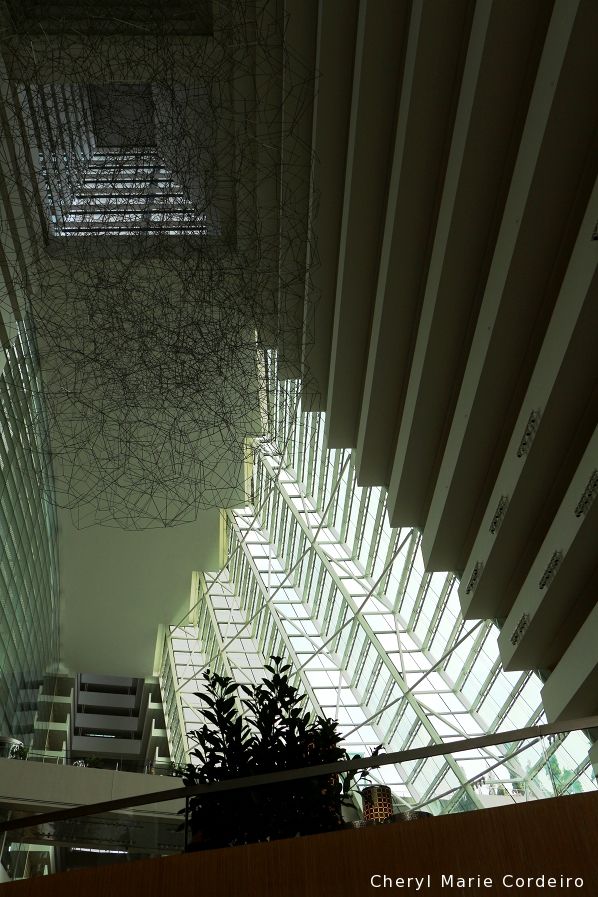
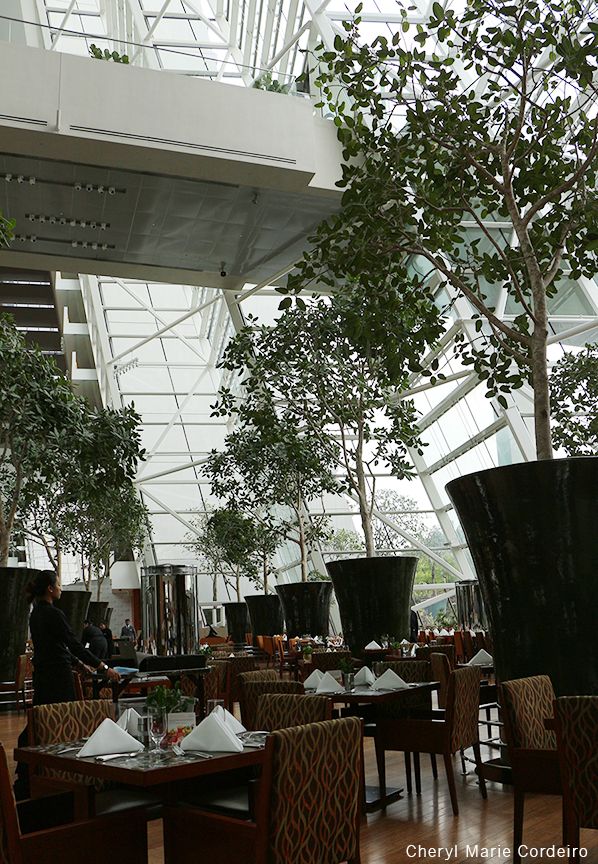
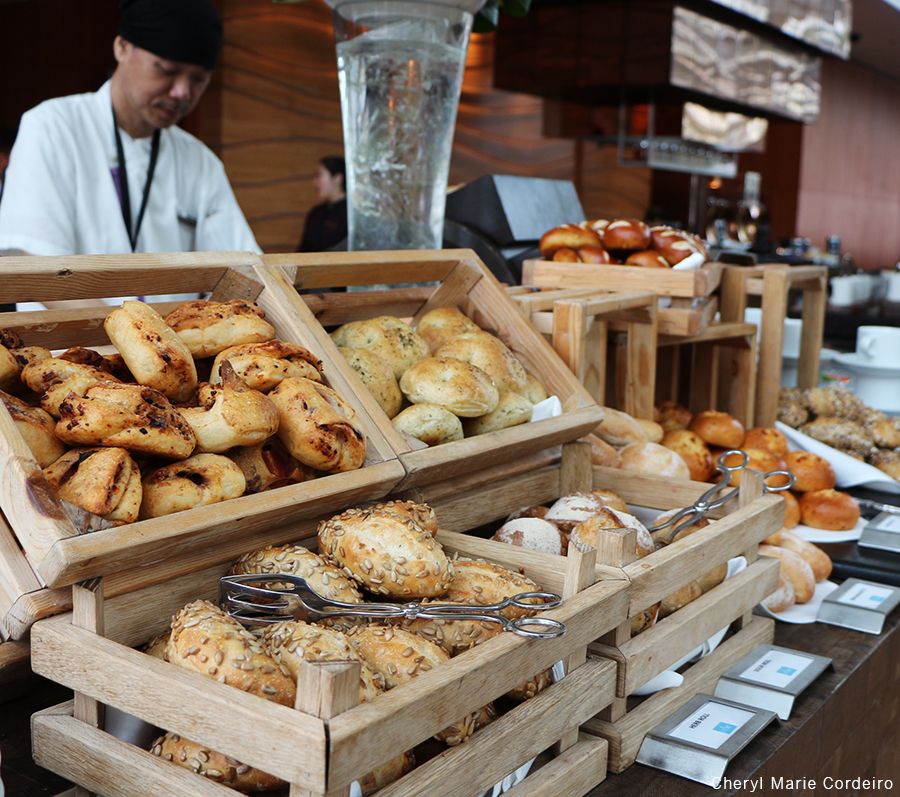
Not without effort. Though seemingly effortless, there exists a quiet and diligent system of thought and sustainable efforts behind the food served at Rise Restaurant, from growing their own herbs to the sourcing of locally / regionally produced raw ingredients.
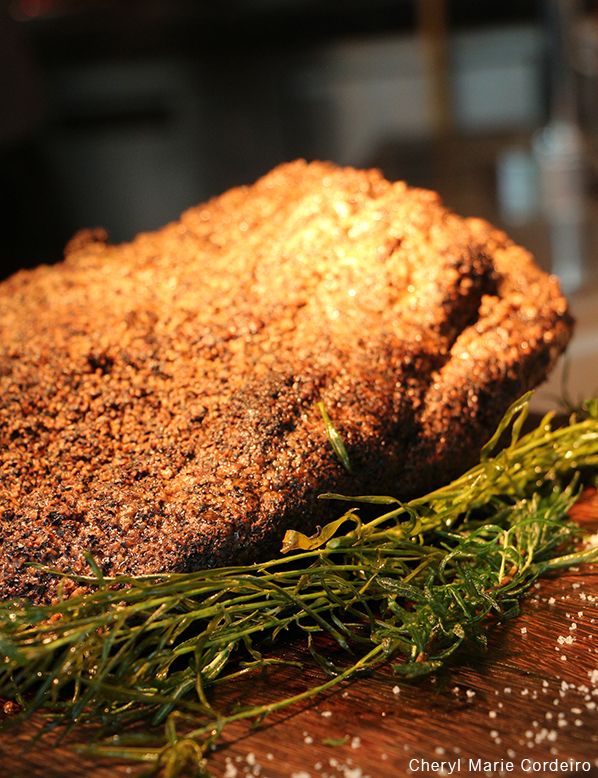
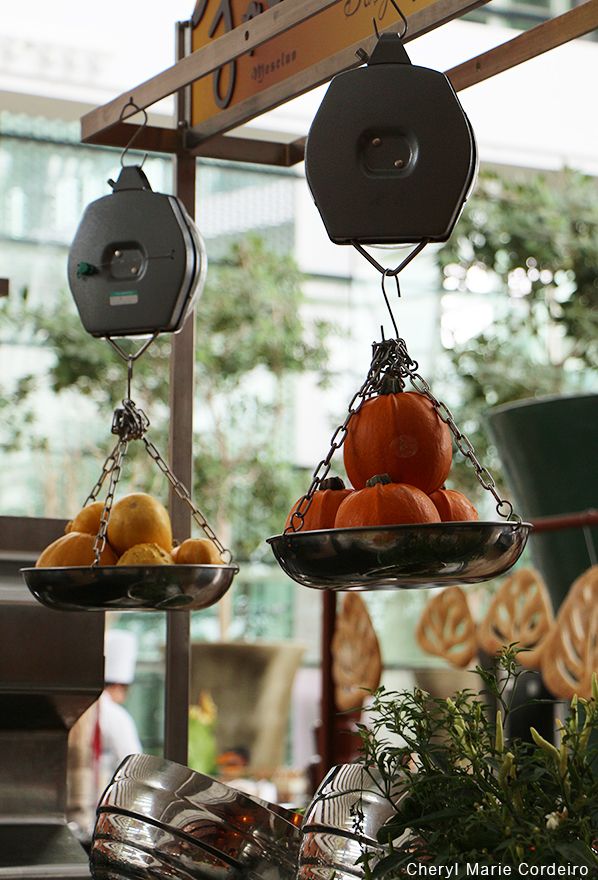

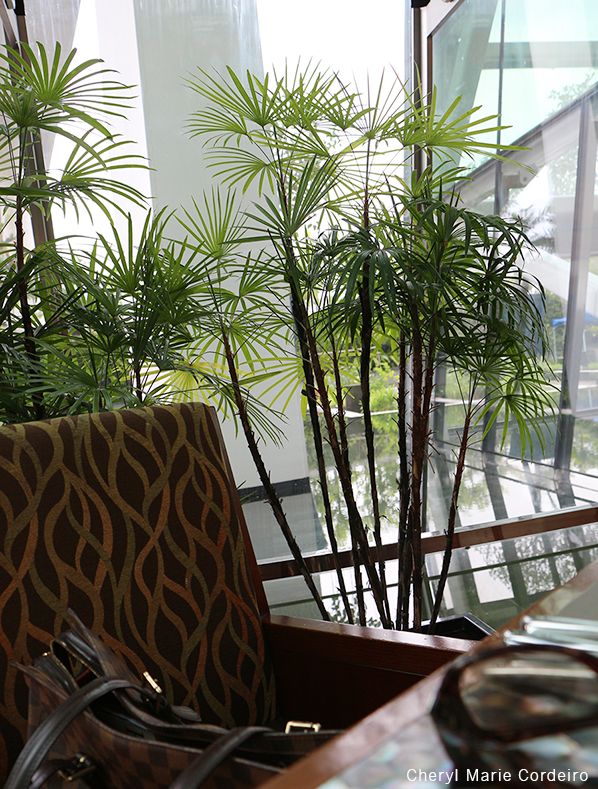
Outdoors of Rise Restaurant at Marina Bay Sands Tower 1, just beyond where I sat is the hotel’s very own herb garden as a means of quality control from chef (fundamentals in knowledge of food sourcing) to customers (fundamentals in knowledge of food consumption).
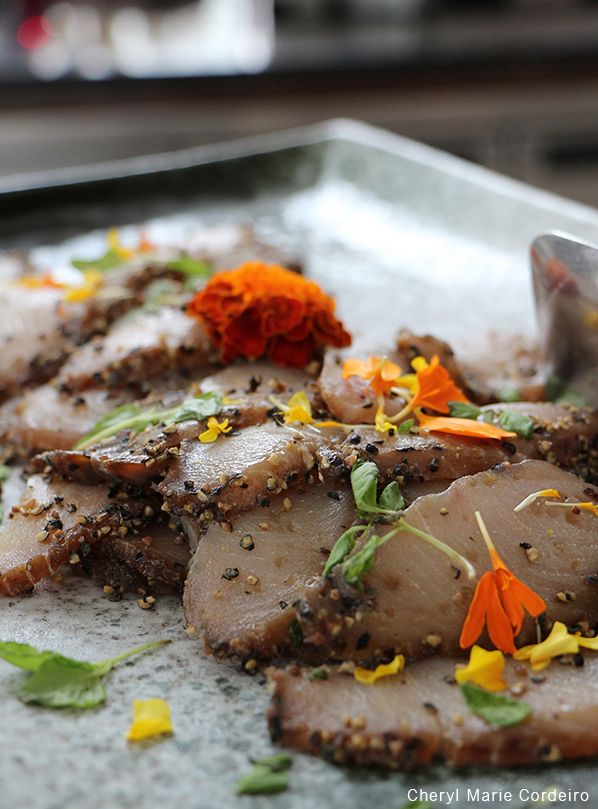
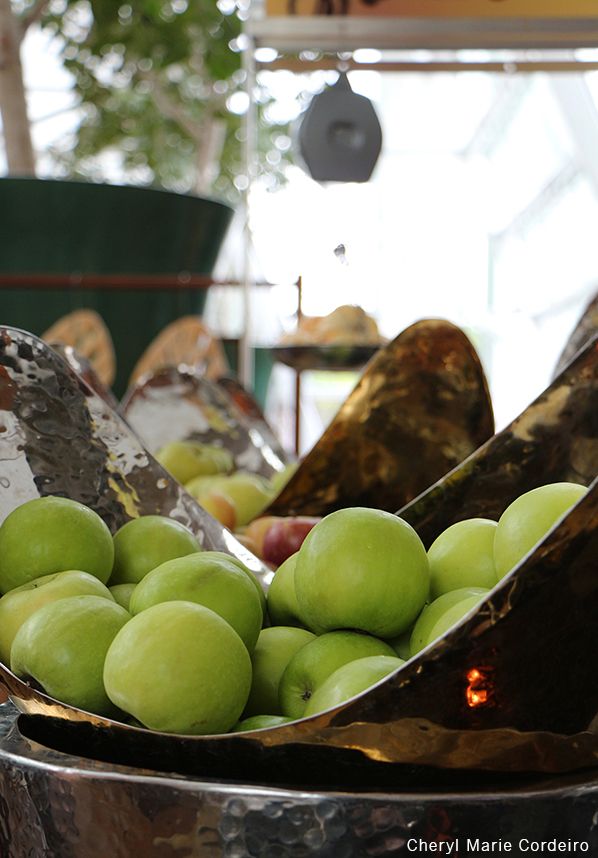

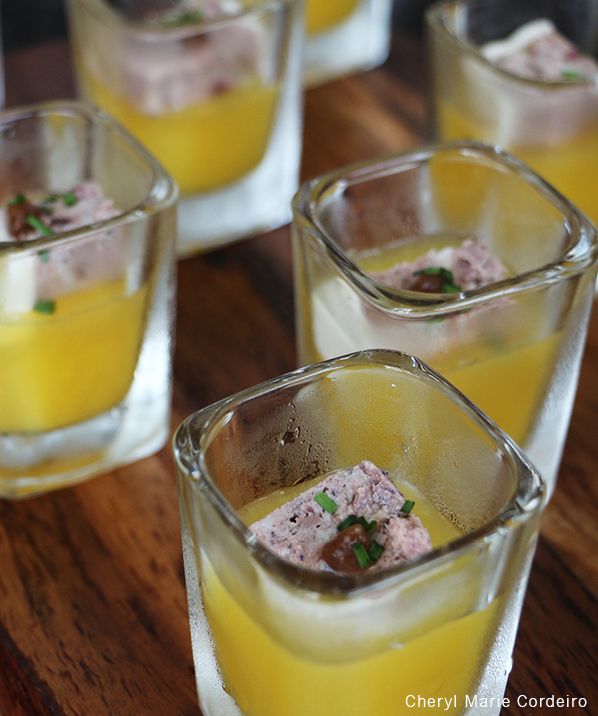
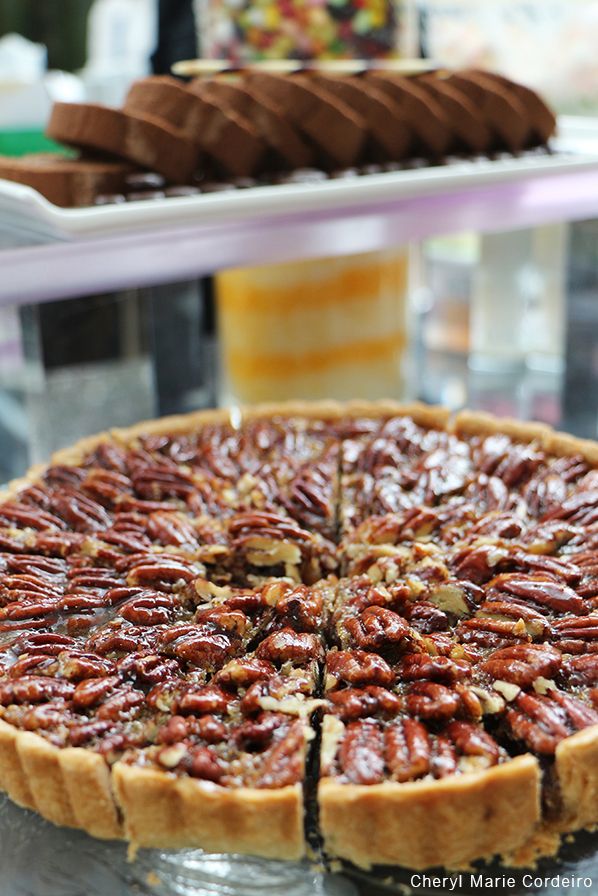

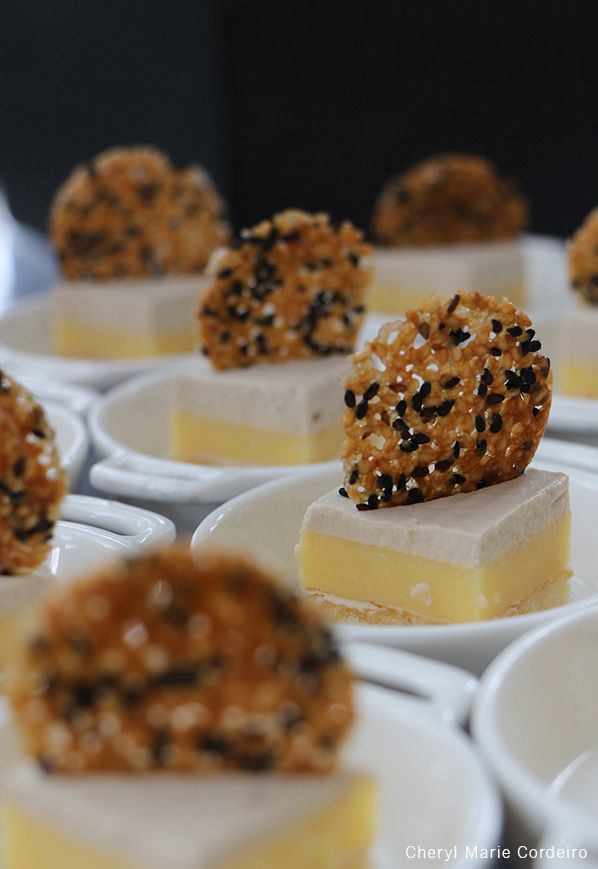


Food at Rise Restaurant – holistic works of art.